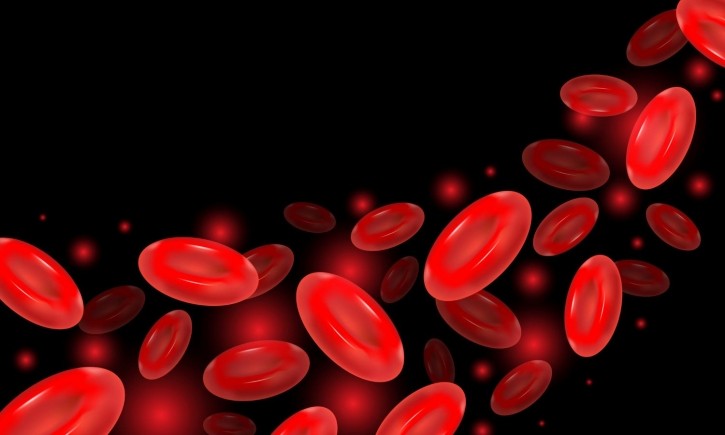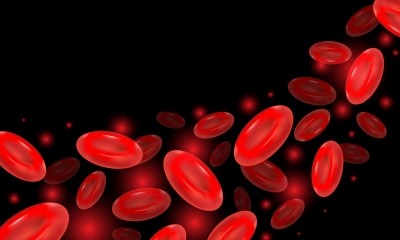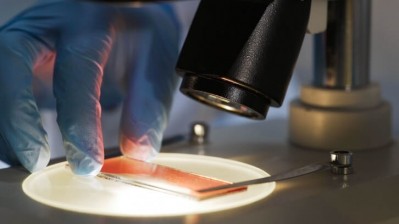UK, Denmark set up payment models for Hemgenix hemophilia B gene therapy

In the UK, the National Institute for Health and Care Excellence (NICE) recommended the gene therapy for reimbursement by the National Health Service (NHS) via a managed access agreement under the Innovative Medicines Fund (IMF), which is designed to speed up the access of patients to new treatments.
CSL Behring, the developer of Hemgenix, hailed this as the first arrangement of its kind with a gene therapy and the first advanced therapy to use an outcome-based payment model, which was set up by the UK health system to improve patient health while keeping costs low.
“This is a major step forward in the treatment options for people living with severe haemophilia B,” said Clive Smith, Chair of the Haemophilia Society, in a public statement. “It has the potential to significantly improve the quality of life of those who are eligible for such treatment. Gene therapy provides an opportunity for people to effectively eliminate painful bleeds, thereby improving joint health and allowing people to lead a full life, unrestricted by frequent infusions and trips to hospital.”
Also recently, Denmark became the first Nordic country to set up the reimbursement of Hemgenix, with the company now working to expand the treatment’s reach across Europe.
Reducing the need for prophylaxis
Hemophilia B is a rare genetic disorder where a patient lacks healthy copies of factor IX (FIX), a protein that is essential for clotting the blood. As a result, patients bleed for longer than healthy people and require intravenous infusions of FIX replacement therapy. Those with severe forms of the condition can require prophylactic treatment with FIX to prevent bleeds.
Hemgenix was first approved for the treatment of hemophilia B in the US in late 2022 and in the EU last year. The therapy consists of a copy of the functional FIX gene delivered into patients via a viral vector as a single dose. The viral vector installs the gene into the patient’s liver cells and they produce functional copies of the FIX protein, potentially stopping the patient from needing many infusions of FIX.
The approval of Hemgenix was based on results from a clinical trial showing that 94% of people responding to the treatment saw FIX levels increase to the mid-normal range, with FIX levels being sustained for years. Additionally, 94% of people in the trial were free of FIX prophylaxis.
The latest European rollouts of Hemgenix swiftly follow the establishment of CSL Behring’s first commercial contract for the reimbursement of Hemgenix in Austria in March and its approval for reimbursement under France’s experimental Direct Access process late last year.
The asking price for Hemgenix in the US is $3.5 million for a single, making it one of the world’s most expensive medicines. However, there is a debate over the long-term value for money compared to yearly costs for FIX infusions for these patients, which can hit $750,000 per year or more.
A gene therapy contender in hemophilia B, Beqvez, was approved by the US Food and Drug Administration earlier this year and has the same list price as Hemgenix in the US.

















